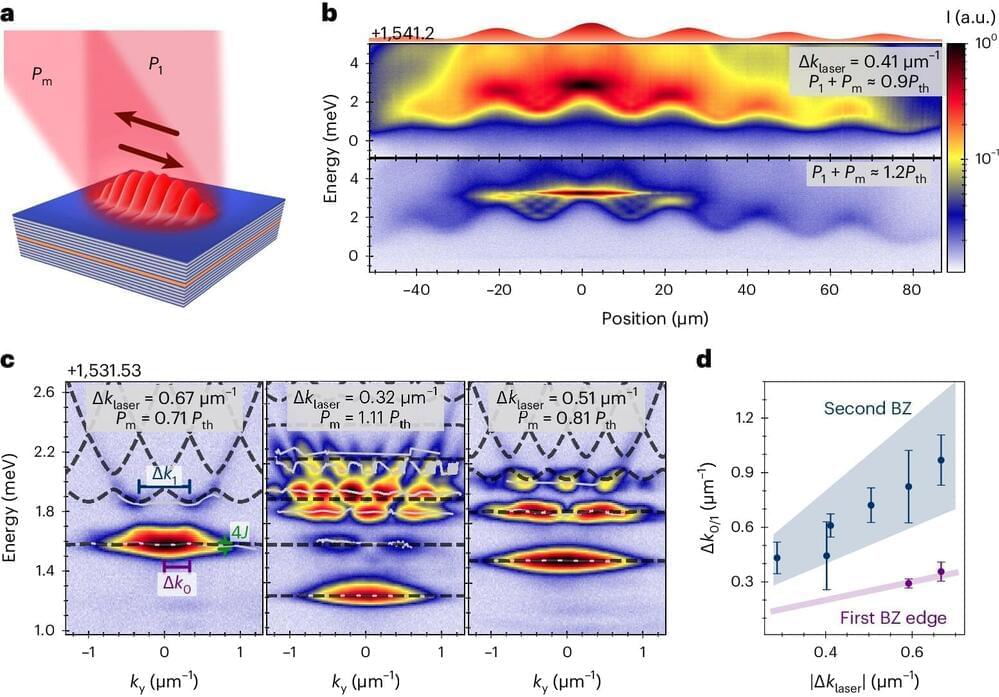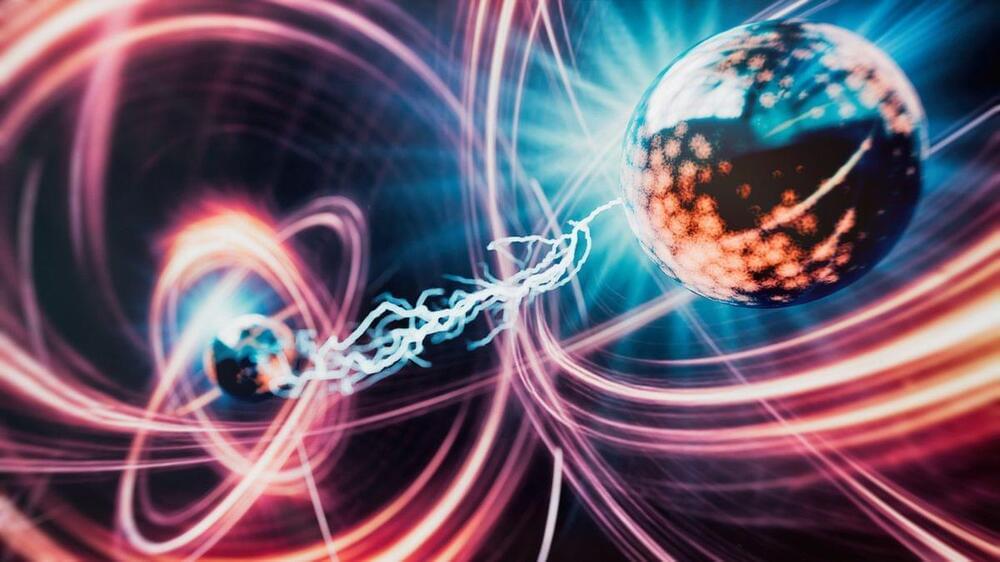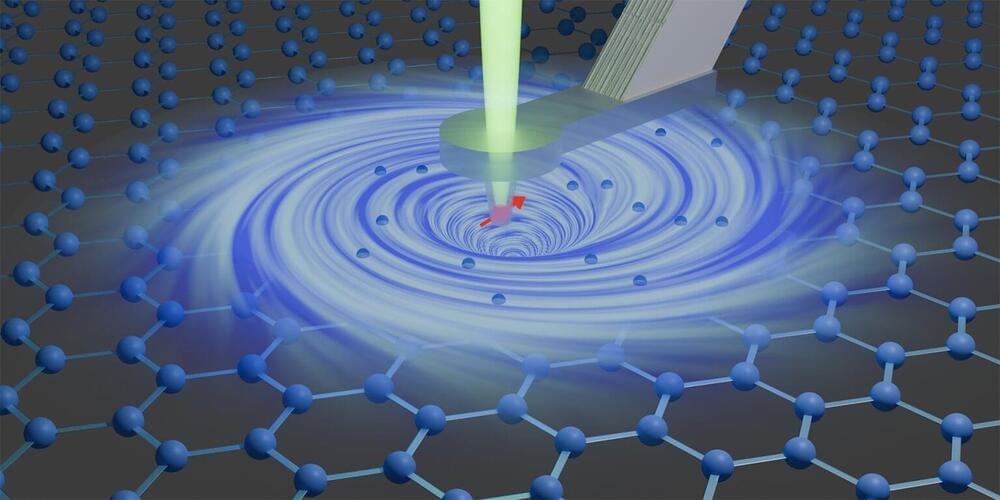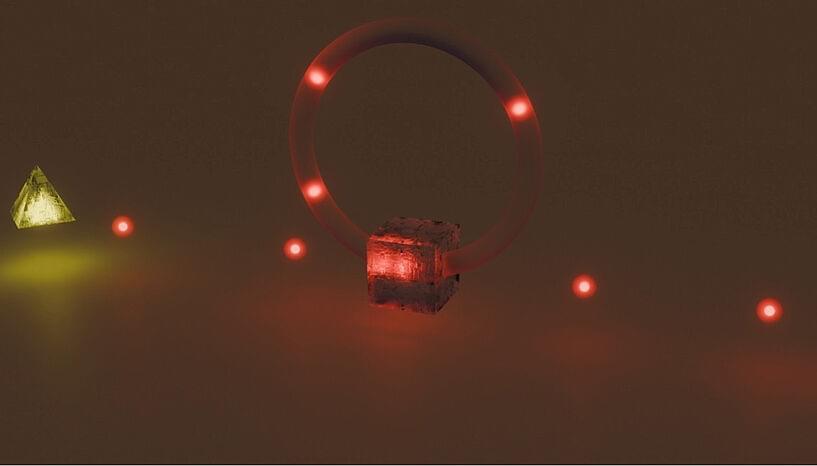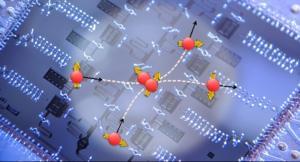May 14, 2024
Scientists create an ‘optical conveyor belt’ for quasiparticles
Posted by Dan Breeden in categories: particle physics, quantum physics
An “optical conveyor belt” that can move polaritons—a type of light-matter hybrid particle—in semiconductor-based microcavities.
This asymmetric response of the confined polaritons breaks time-reversal symmetry, driving non-reciprocity and the formation of a topological band structure.
Photonic states with topological properties can be used in advanced opto-electronic devices where topology might greatly improve the performance of optical devices, circuits, and networks, such as by reducing noise and lasing threshold powers, and dissipationless optical waveguiding.
Continue reading “Scientists create an ‘optical conveyor belt’ for quasiparticles” »
